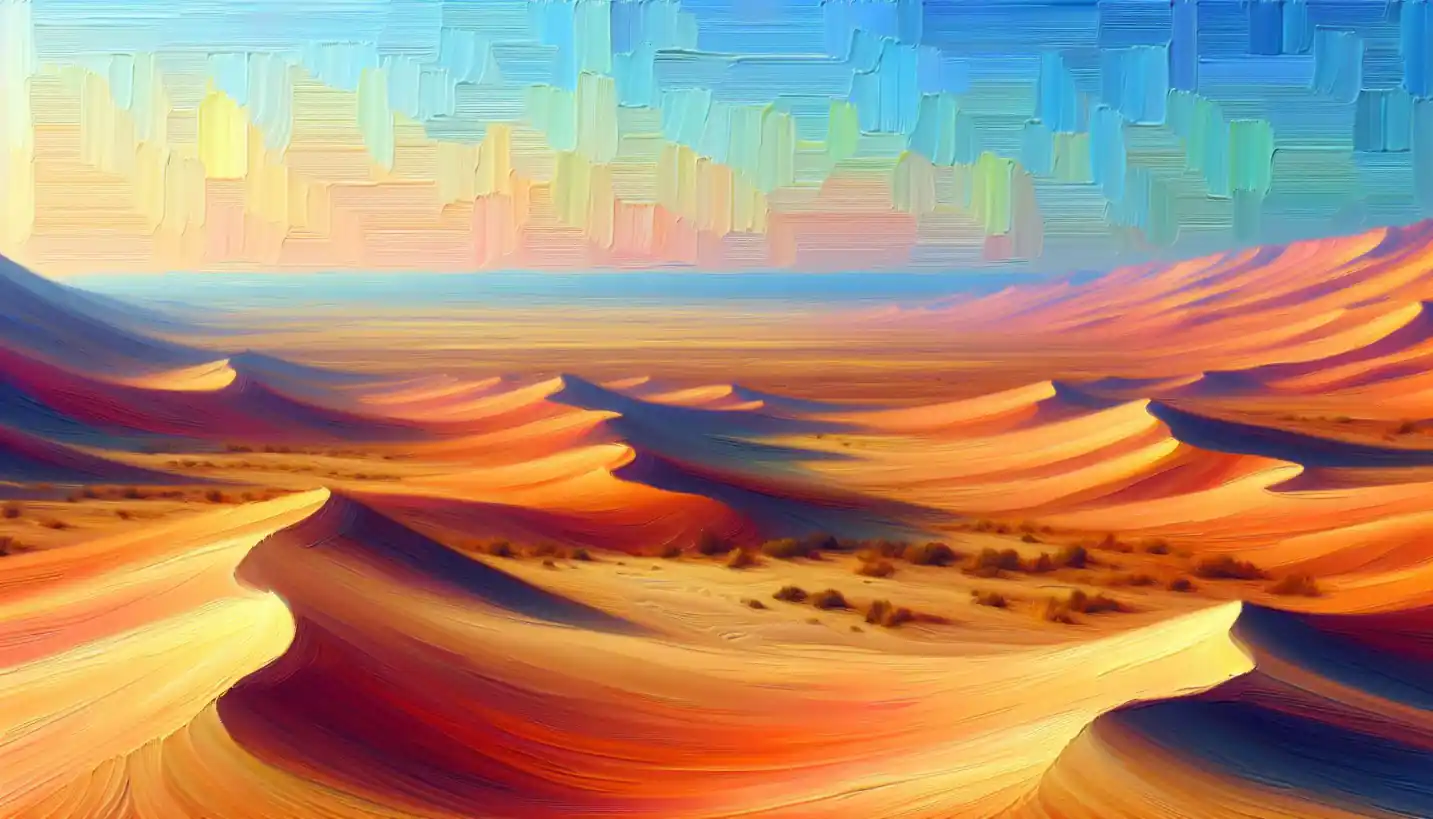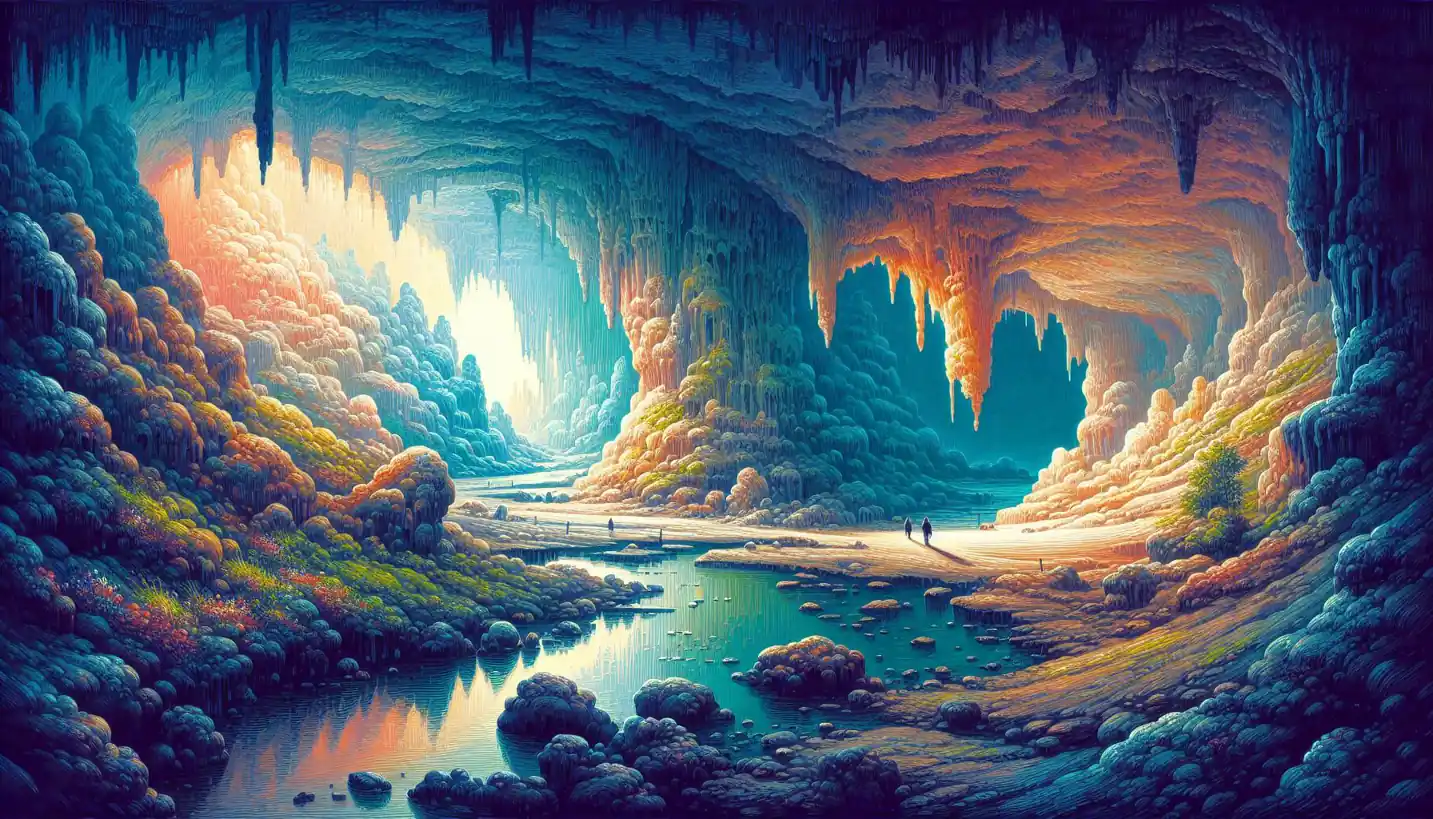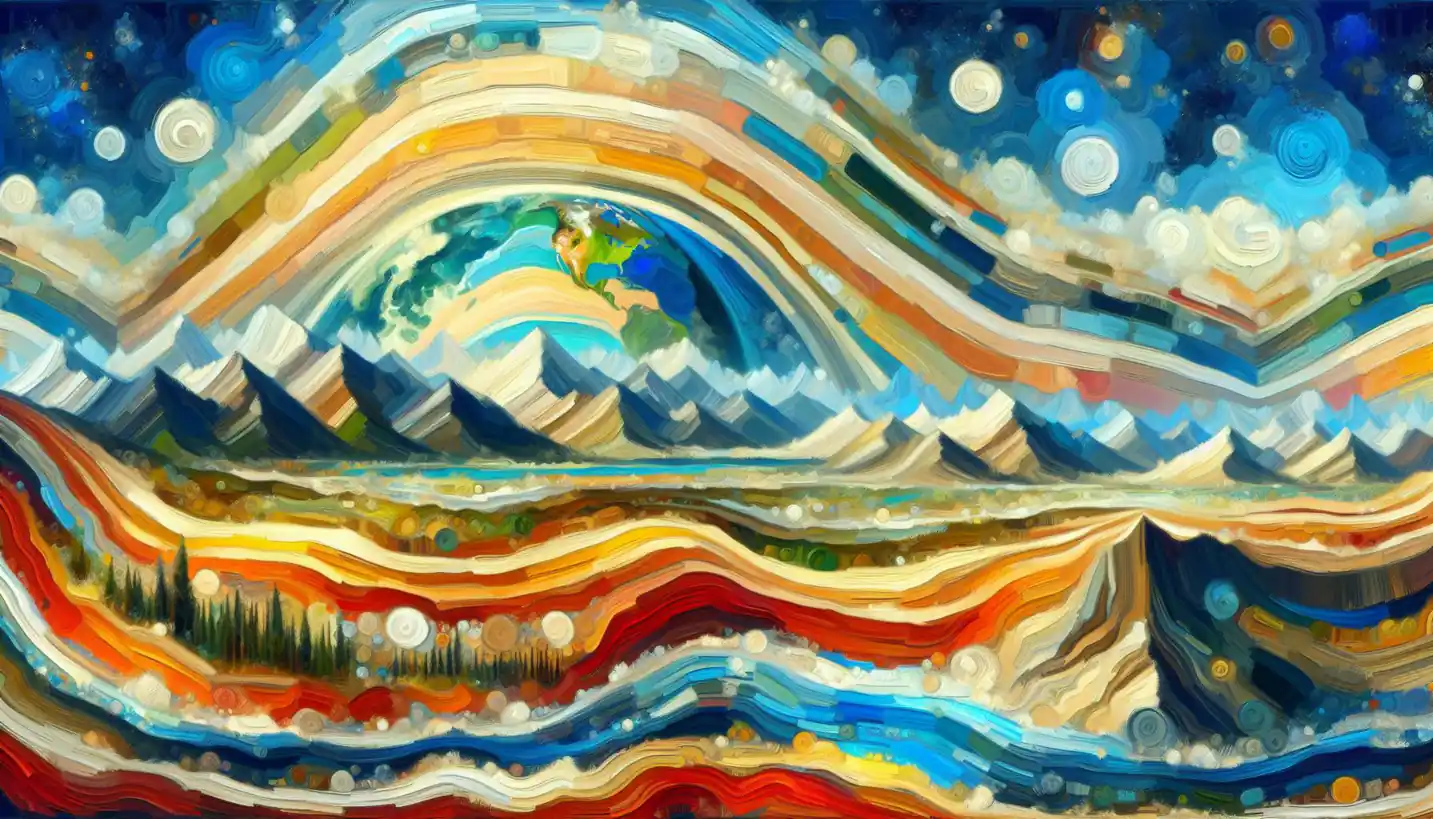· Earth Science · 4 min read
Mohs Hardness Scale: Exploring Earth's Toughest Puzzle
The Mohs Hardness Scale is a key to understanding mineral durability. Explore how this scale unveils the strength and resilience of Earth's natural materials.

When we talk about minerals, we often think of shimmering gems or the rough, rocky surfaces that make up our planet. But there’s a secret code that helps us understand and categorize them, and it’s called the Mohs hardness scale. This scale doesn’t just measure how pretty a mineral looks; it tells us how tough it is. Let’s dive into how this fascinating scale works and how it helps scientists around the world.
What is the Mohs Hardness Scale?
Back in 1812, a German mineralogist named Friedrich Mohs came up with a simple idea: let’s rank minerals based on their ability to scratch each other. He wanted an easy way for people to determine how hard a mineral was without needing complicated equipment.
The scale he devised goes from 1 to 10. At the bottom, we have talc, the softest mineral, which you can crumble with your fingers. At the top, there’s diamond, the hardest mineral known, which can scratch any other mineral but isn’t scratched by anything else. It’s a bit like a big rock-paper-scissors game, where each mineral can either win, lose, or tie when pitted against another.
How Does the Scale Work?
Think of it as a friendly contest. If mineral A can scratch mineral B, then A is harder. Each step on the Mohs scale simply represents a point in the list of minerals like gypsum, calcite, and quartz. Those steps help us build an easy-to-use chart that geologists and enthusiasts rely on.
Here’s a fun way to think about it: if you’ve ever tried sharpening a knife or filing your nails, you’re using the concept of hardness. Softer materials are worn away by harder ones. In the same way, if you have a piece of quartz and it leaves a mark on your sample of calcite, you’ve just confirmed that quartz is harder.
Real-Life Examples of Hardness
To make things clearer, let’s explore some everyday examples. Have you ever noticed how your fingernail can make marks on some surfaces but not others? That’s because your fingernail has a Mohs hardness of around 2.5. It can easily scratch talc but will be thwarted by something harder like quartz.
What about glass? We use glass in windows, phones, and all kinds of gadgets, but did you know it’s usually around 5.5 on the Mohs scale? This means that household dust, which contains tiny quartz particles, can gradually wear down glass surfaces over time.
Why is the Mohs Scale Important?
This might all sound like fun trivia, but the Mohs hardness scale is more than that. It’s an essential tool in geology and earth sciences, helping us identify minerals in the field. When geologists find a mysterious mineral, they often rely on its ability to scratch or be scratched to figure out what it is.
And it’s not just scientists who benefit. Jewelers, builders, and even manufacturers use this information to make decisions. Ever wonder why certain watches advertise sapphire glass? It’s because sapphire ranks just below diamond on the Mohs scale, making it incredibly resistant to scratches.
Challenges and Misunderstandings
While the Mohs scale is handy, it’s not without its quirks. Each step on the scale is not equal in terms of actual physical hardness. For instance, the gap between diamond and the mineral just below it, corundum, is much larger than the gaps between other consecutive minerals. That’s why, although the scale is easy to use, it doesn’t provide a precise measurement of hardness.
People often mistake the Mohs scale for a linear measurement, but in reality, it just offers a way to compare minerals. It doesn’t tell us how much harder one mineral is compared to another. A diamond isn’t just incrementally harder than corundum; it’s several times harder.
Future Directions and Curiosities
The Mohs hardness scale has served us well for over two centuries, but researchers continue to explore new methods for measuring hardness with greater accuracy. Technologies involving nanoindentation and other techniques offer precise insights into the microscopic structure of minerals, revealing more about their properties.
Beyond science, the fascination with minerals and their hardness spills over into art, education, and culture. People love learning about diamonds, rubies, and other gemstones not just for their beauty, but also for what they reveal about the building blocks of our world.
Bringing It All Together
The Mohs hardness scale might have started as a simple guide for scratch-testing minerals, but it’s become an integral part of how we understand the natural world. By offering a relatable way to discuss and compare minerals, it connects curiosity with science, turning everyday observations into valuable knowledge.
Next time you scratch glass with a key or admire a gleaming gemstone, remember the humble scale that helps explain why some things scratch and some things don’t. It’s a story of earth’s rocky secrets, written in scratches, and it remains a cornerstone of geology even today.



